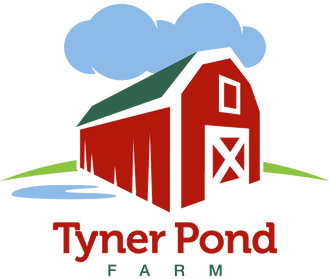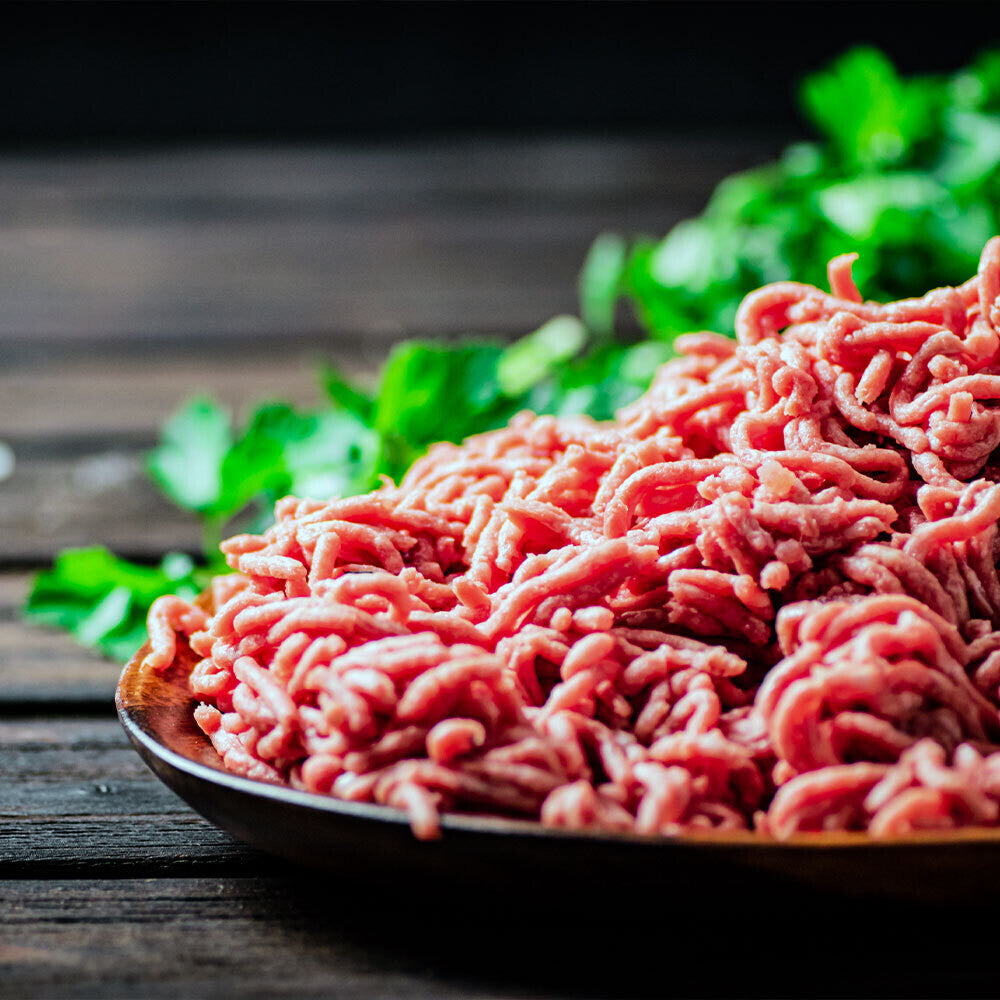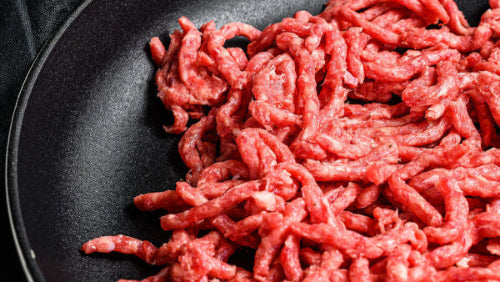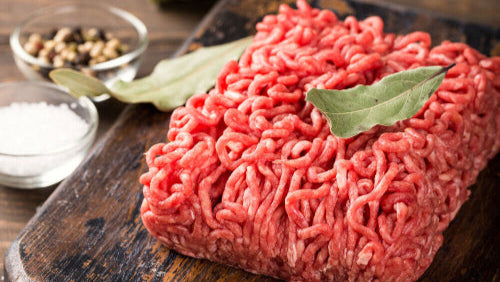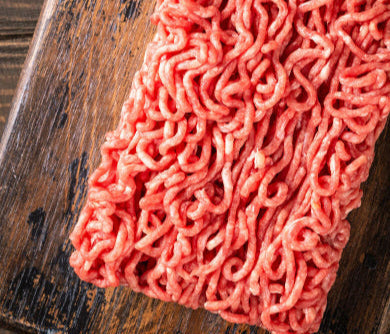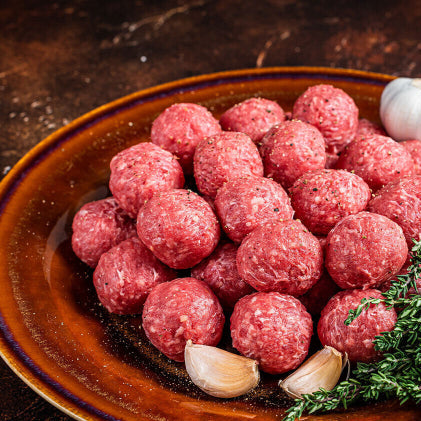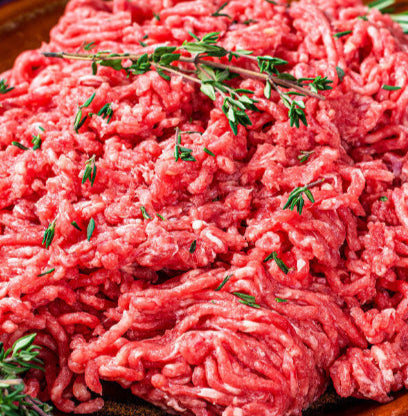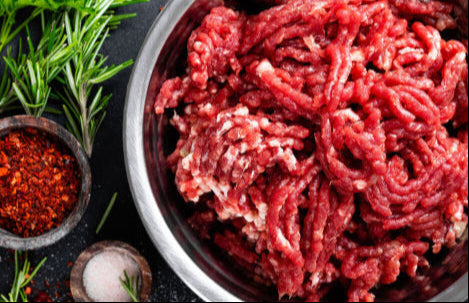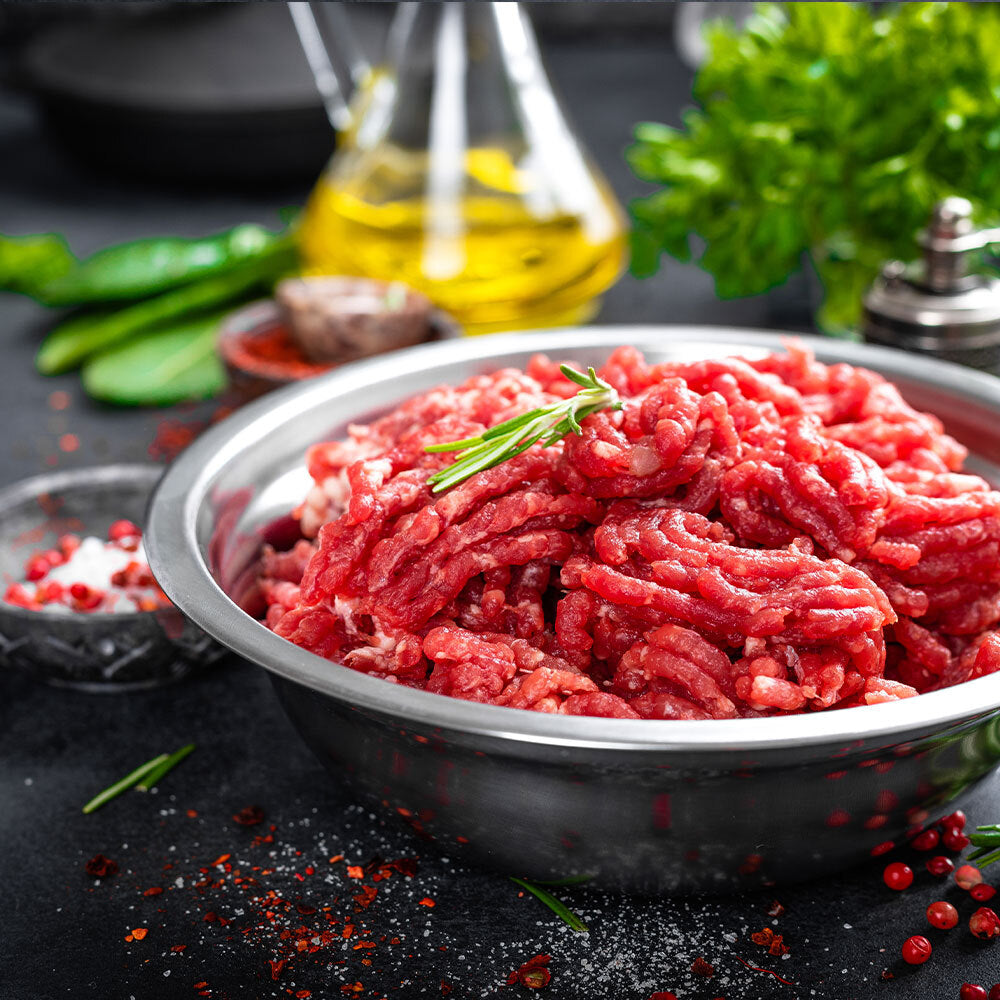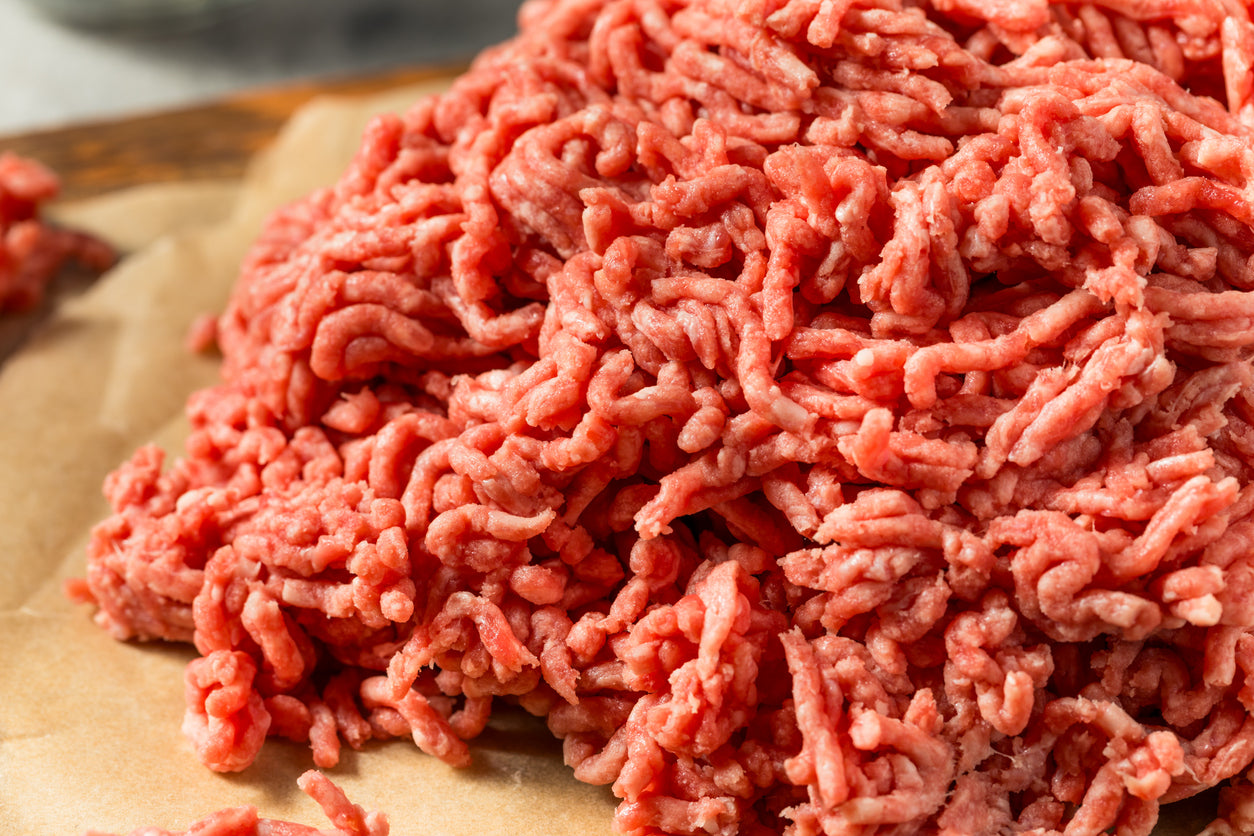
Taking Charge of Your Dairy Decisions: Understanding A2/A2 Milk
Understanding A2/A2 Milk
 Local Amish A2A2 Milk
Local Amish A2A2 Milk
Introduction To Dairy Basics
In the diverse landscape of dairy, the term "A2/A2" has recently bubbled to the surface. But what exactly does it imply, and why is it relevant to your milk choices? Let’s understand A2/A2 Milk and Cheese, a topic increasingly capturing the attention of nutritionally informed consumers.About A1 and A2 Beta-Casein
All cow’s milk contains the protein beta-casein, but variations—A1 and A2—exist, distinguished by their protein molecule structure. These variances, influenced by amino acid chains, can impact how milk is digested by different individuals. A2/A2 milk is derived from cows producing only the A2 variant, excluding A1 entirely.Why A2/A2 Matters
Discussions around A2/A2 milk center on its apparent digestibility. Some consumers, who face discomfort with regular milk (a mix of A1 and A2 beta-casein), find A2/A2 milk a more soothing alternative. (The scientific arena is still cementing a thorough consensus regarding these claims.)Identifying A1 and A2 in Breeds
A1 beta-casein is commonly found in Holstein-Friesian breeds, which predominantly contribute to the US dairy supply. One segment of an Industrial scale dairy production holding thousands of Holsteins
A2 beta-casein is prevalent in breeds like Guernsey and Jersey.
One segment of an Industrial scale dairy production holding thousands of Holsteins
A2 beta-casein is prevalent in breeds like Guernsey and Jersey.
 Kemp Organic Dairy, 100% Grassfed Jersey Cows
Kemp Organic Dairy, 100% Grassfed Jersey Cows
We offer only A2/A2 Milk
Tyner Pond partners exclusively with Kemp Family Organic Dairy who produce A2/A2 milk from 100% grass-fed Jersey cows and is certified organic. In contrast, a significant portion of milk in the United States, often associated with confinement and commercial dairy practices, originates from Holstein cows, which are not typically exclusive A2 producers.Effects of Pasteurization on A2 Milk
Pasteurization can have an impact on milk, but it doesn’t specifically alter the A1 or A2 beta-casein proteins in a way that changes their form or digestibility. Pasteurization is a heat treatment process aimed at reducing the number of viable pathogens present in the milk, thus making perceived to safer to drink and prolonging its shelf life. The primary effects of pasteurization are on the bacteria, enzymes, and some vitamins in the milk. While it kills harmful bacteria, it also destroys some of the beneficial enzymes and can reduce the levels of certain vitamins, like Vitamin C. However, the structural integrity and nutritional content of the casein proteins (including A1 and A2) are largely maintained during pasteurization. It's worth noting that some people believe that raw milk, which is not pasteurized, is easier to digest, possibly due to the presence of natural enzymes that are destroyed during pasteurization. However, it is critical to recognize that raw milk also carries a risk of containing harmful bacteria, and its consumption is subject to ongoing public health debates and varies in legal status by region. In Indiana we are forced to add labels like: Pet Milk or Not For Human Consumption. As you can see from this map; for unknown reasons, Indiana has among the most restrictive rules in the country. For Most of the United Sates, you can buy Raw Milk with no problem. Source:Farm to Consumer Legal Defense Fund Raw Milk for Consumers is Legal In Most States
Raw Milk for Consumers is Legal In Most States
Additional Nutritional Benefits of Grassfed Jersey-Sourced Dairy
The nutritional disparities between the milk from 100% grass-fed, organic Jersey cows and industrially raised Holstein cows encompass several additional aspects related to health and environmental impact. Grass-fed Jersey milk is recognized for its beneficial omega-3 to omega-6 ratio, increased levels of Conjugated Linoleic Acid (CLA), and heightened content of fat-soluble vitamins such as A and E. Moreover, its higher beta-carotene, protein, and butterfat contents not only enhance its nutritional profile but also influence its taste and culinary properties. From a sustainability perspective, organic, grass-fed dairy practices bolster environmental health and reduce dependency on chemical inputs, while also avoiding the use of antibiotics and hormones commonly found in industrial dairy farming. Furthermore, the predominance of A2 protein in Jersey milk, noted for its potential digestibility, distinguishes it from the typically A1-dominant Holstein milk, providing an alternative for those with particular dairy sensitivities and aligning with a consumer shift towards more conscious and health-focused food choices.In Conclusion
Understanding the complexities of A1 and A2 beta-casein is not just an exploration into dairy science but a vital step towards comprehensive nutritional awareness. Recognizing what is in our food and how it impacts our bodies empowers us all to make informed decisions and self-advocate for our own health. It is imperative, now more than ever, to take the reins of our nutrition and actively seek knowledge about our food sources and disregard the often profit-driven nutritional guidance of corporate entities. At Tyner Pond, through our partnership with the Kemp Family's Organic Dairy, our A2/A2 milk from Grassfed Jersey cows isn’t just a product; it's an opportunity to explore, understand, and make your own choice about whats better for your health and well-being. [ecwid_product id="579797789" display="picture title price options addtobag" version="2" show_border="1" show_price_on_button="1" center_align="1"] [ecwid_product id="579781792" display="picture title price options addtobag" version="2" show_border="1" show_price_on_button="1" center_align="1"] [ecwid_product id="579797790" display="picture title price options addtobag" version="2" show_border="1" show_price_on_button="1" center_align="1"]
Tags:
Previous post
Navigating Raw Dairy: Benefits, Risks, and the Indiana Perspective
Next post
